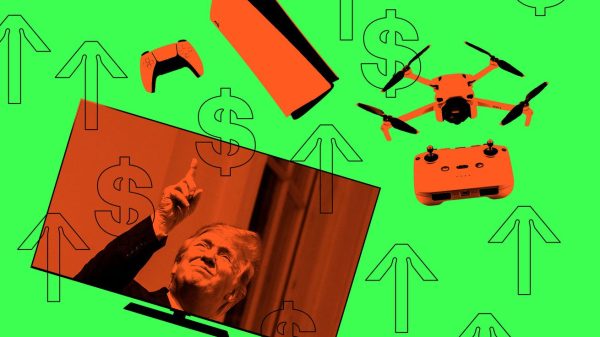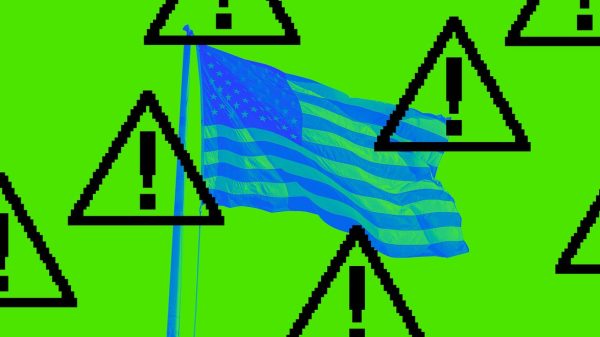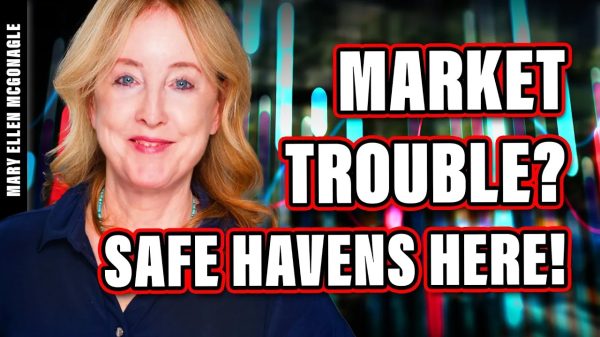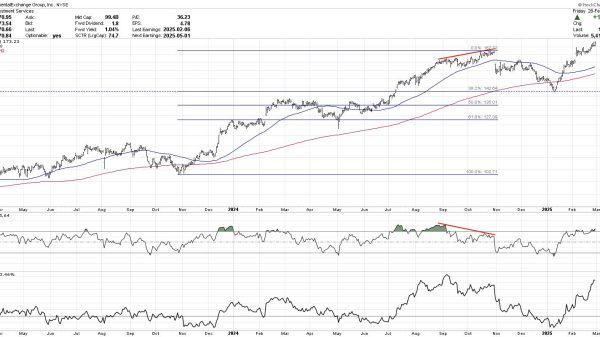Jeffrey A. Singer
In a March 22 opinion column in the New York Times entitled “The DEA Needs to Stay Out of Medicine,” Vanderbilt University Medical Center associate professor of anesthesiology and pain management Shravani Durbhakula, MD, documents powerfully how patients suffering from severe pain—many of them terminal cancer patients—have become collateral casualties in the government’s war on drugs.
Decrying the Drug Enforcement Administration’s progressive tightening of opioid manufacturing quotas, Dr. Durbhakula writes:
In theory, fewer opioids sold means fewer inappropriate scripts filled, which should curb the diversion of prescription opioids for illicit purposes and decrease overdose deaths — right?
I can tell you from the front lines that that’s not quite right. Prescription opioids once drove the opioid crisis. But in recent years opioid prescriptions have significantly fallen, while overdose deaths have been at a record high. America’s new wave of fatalities is largely a result of the illicit market, specifically illicit fentanyl. And as production cuts contribute to the reduction of the already strained supply of legal, regulated prescription opioids, drug shortages stand to affect the more than 50 million people suffering from chronic pain in more ways than at the pharmacy counter.
Dr. Durbhakula provides stories of patients having to travel long distances to see their doctors in person due to DEA requirements about opioid prescriptions. However, despite their efforts, they find that many of the pharmacies do not have the opioids they require because of quotas. She writes:
Health care professionals and pharmacies in this country are chained by the Drug Enforcement Administration. Our patients’ stress is the result not of an orchestrated set of practice guidelines or a comprehensive clinical policy but rather of one government agency’s crude, broad‐stroke technique to mitigate a public health crisis through manufacturing limits — the gradual and repeated rationing of how much opioids can be produced by legitimate entities.
In the essay, Dr.Durbhakula does not question or challenge the false narrative that the overdose crisis originated with doctors “overprescribing” opioids to their pain patients.
Unfortunately, Dr. Durbhakula’s proposed policy recommendations would do little to advance patient and physician autonomy. She would merely transfer control over doctors treating pain from the cops to federal health bureaucracies and let those agencies set opioid production quotas. For instance, she claims, “It’s incumbent on us [doctors] to hand the reins of authority over to public health institutions better suited to the task.”
No. The “reins of authority” belong in the hands of patients and doctors.
Dr. Durbhakula suggests that “instead of defining medical aptness, the DEA should pass the baton to our nation’s public health agencies” and proposes that the Centers for Disease Control and Prevention and the Food and Drug Administration “collaborate” to “place controls on individual prescribing and respond to inappropriate prescribing.” She elides the fact that these public health agencies will “respond” to doctors or patients who don’t comply with their regulations by calling the cops.
To be sure, Dr. Durbhakula has good intentions. But replacing actual cops—the DEA—with federal health agencies that can order those cops to arrest non‐compliant doctors and patients is like rearranging the deck chairs on the Titanic. True, her proposed new pain management overlords would have greater medical expertise, but they would still reign over doctors and patients and assault their autonomy. And, as we learned during the COVID-19 pandemic, they will not be immune to political pressures and groupthink.
While her policy prescriptions may be flawed, Dr. Durbhakula deserves praise for having the courage to point out that the war on drugs is also a war on pain patients. Alas, courageous doctors are in short supply these days. Most doctors keep their heads down and follow the cops’ instructions.
After I read her essay, I wrote the following (unpublished) letter to the editor of the New York Times:
Dear Editor—
Kudos to Dr. Durhakula for speaking out against the Drug Enforcement Administration’s intruding on doctors’ pain treatment (“The DEA Needs to Stay Out of Medicine,” March 22, 2024). As my colleague and I explained in our 2022 Cato Institute white paper, “Cops Practicing Medicine,” for more than 100 years, law enforcement has been increasingly surveilling and regulating pain management.
The DEA maintains a schedule of substances it controls, and it categorizes them based on what the agency determines to be their safety and addictive potential. The DEA even presumes to know how many and what kind of controlled substances—from stimulants like Adderall to narcotics like oxycodone—the entire US population will need in future years, setting quotas on how many each pharmaceutical manufacturer may annually produce.
The DEA restricts pain management based on the flawed assumption that what they consider to be “overtreatment” caused the overdose crisis. However, as my colleagues and I showed, there is no correlation between the opioid prescription rate and the rate of non‐medical opioid use or opioid addiction. And, of course, as fear of DEA reprisal has caused the prescription rate to drop precipitously in the last dozen years, overdose deaths have soared as the black market provided non‐medical users of “diverted” prescription pain pills first with more dangerous heroin and later with fentanyl.
Researchers at the University of Pittsburgh School of Public Health found that overdose fatalities have been rising exponentially since at least the late 1970s, with different drugs predominating during various periods. Complex sociocultural, psychosocial, and socioeconomic forces are at the root of the overdose crisis, requiring serious investigation. Yet policymakers have chosen the lazy answer by blaming the overdose crisis on doctors treating pain.
When cops practice medicine, overdoses increase, drug cartels get richer, and patients suffer.
Sincerely,
Jeffrey A. Singer, MD, FACS
Senior Fellow, Cato Institute
When cops practice medicine, overdoses increase, drug cartels get richer, and patients suffer.
























